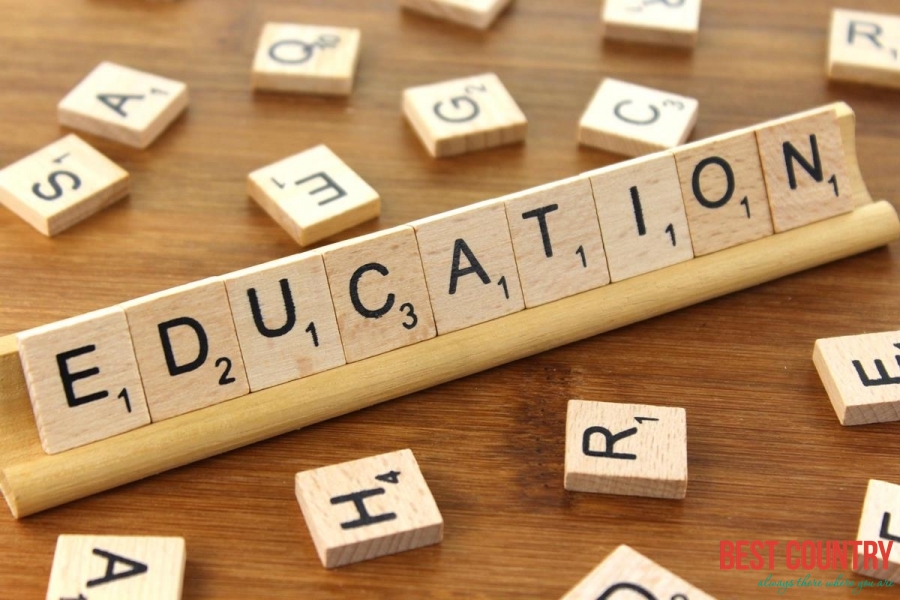Education in the Cook Islands

Primary education in the Cook Islands covers the first five years with an emphasis on agriculture, mathematics, and science. In 1996, 90 percent of Cook Islanders reported having completed primary school.
As with the primary system, secondary education in the Cook Islands is modeled after the system adopted in New Zealand and is available through seven colleges, all of which follow the national syllabus for forms one to five. Studies in the secondary curriculum include specific technical courses, commercial studies, environmental studies, social science, health, and Maori culture and heritage. Forms six and seven are also available for individuals interested in continuing their education at the college level.
In addition to public education, a number of church-based programs have been established throughout the islands, and they account for approximately 12 percent of the student enrollment. Two other private, non-religious schools account for an additional 3 percent of the total enrollment.
Individuals seeking postsecondary education may attend the teacher training institute at Nikao or attend college in New Zealand. Although there is still some concern about unlicensed teachers, this situation is rapidly improving, and the Ministry of Education hopes to insure that all teachers will be certified.
Distance education includes vocational and cultural education, with special concern for the Maori culture. The Ministry of Education also intends to utilize the two radio stations, the daily newspaper, the telephone system with Internet access, and the two libraries and museums. There has also been a recent increase in the use of correspondence courses emanating from New Zealand.
Major future concerns articulated by the Ministry of Education include developing further opportunities for female students, encouraging the developments of trade and technical education, increasing budget allotments, attracting qualified teachers, and decentralizing the education system as a whole.